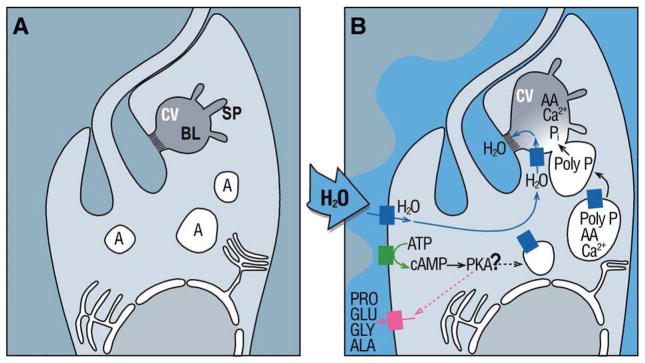Fig. 3. Model for regulatory volume decrease in T. cruzi.

Panel A. Appearance and localization under isosmotic conditions of cellular structures involved in osmotic responses: (A) Acidocalcisomes, (CV) contractile vacuole, (BL)ladder, (SP) spongiome. Panel B. Proposed osmoregulatory response elicited by hyposmotic stress in T. cruzi epimastigotes. Upon exposure to hypo-osmotic stress, a spike of intracellular cAMP is followed by amino acid release and fusion of acidocalcisomes with the contractile vacuole. Osmolytes are transferred from acidocalcisomes to the contractile vacuole, attracting water into the bladder. Accumulated molecules are later expelled into the extracellular space. Question mark in the figure indicates that the molecular targets for cAMP are still under debate. This image has been modified from [108] and reproduced with kind permission from Elsevier.
